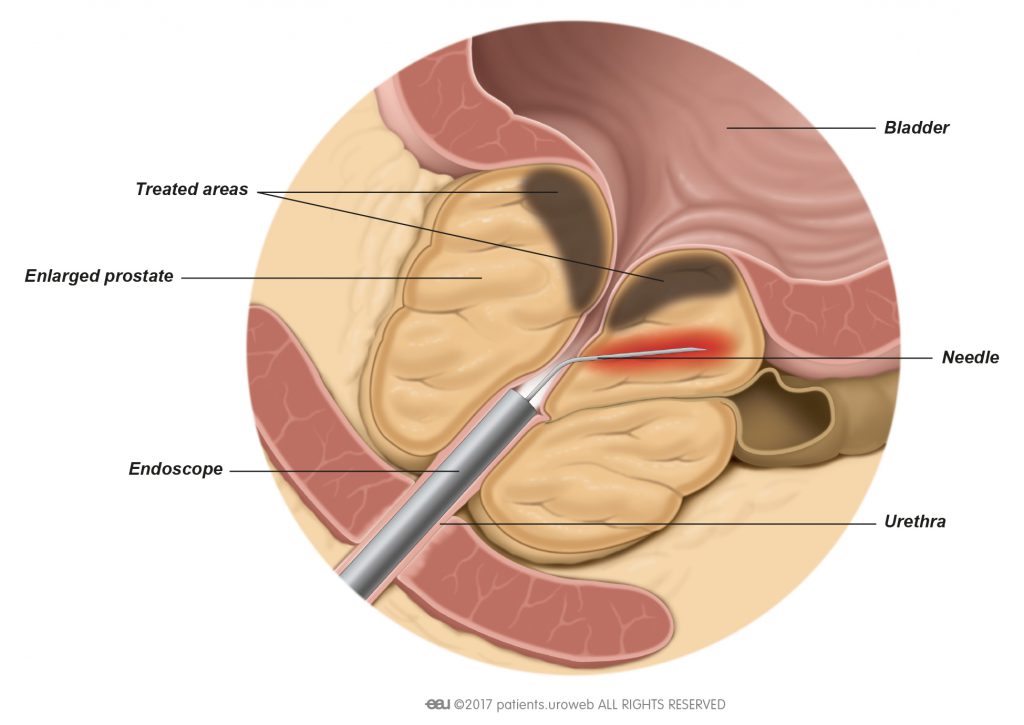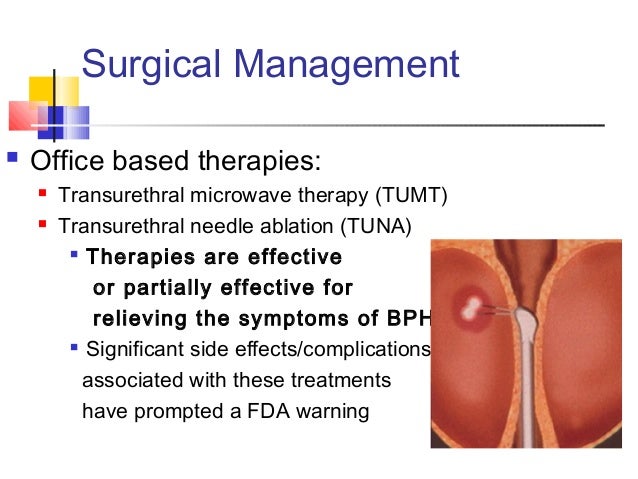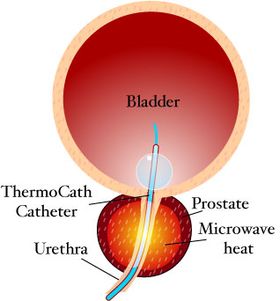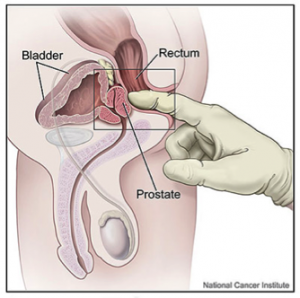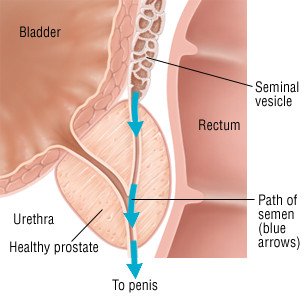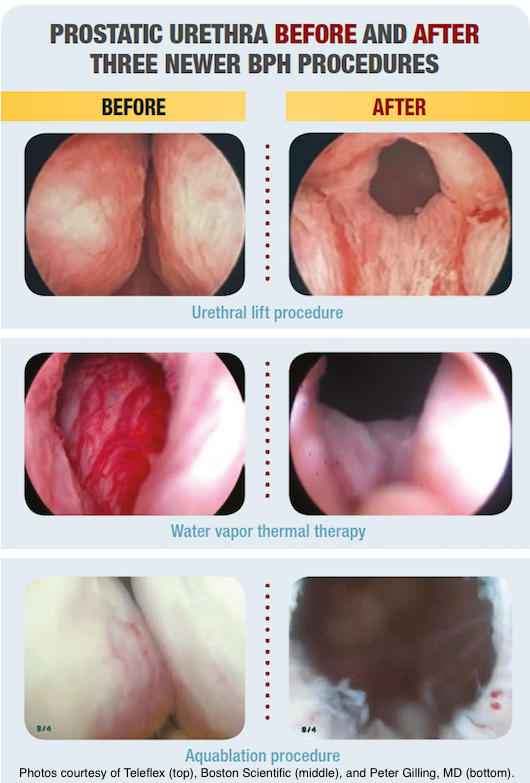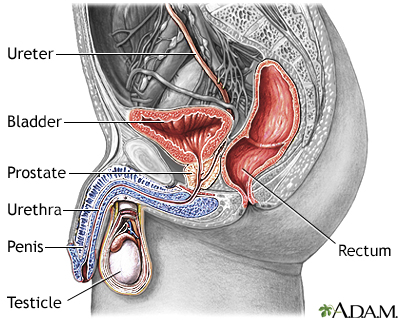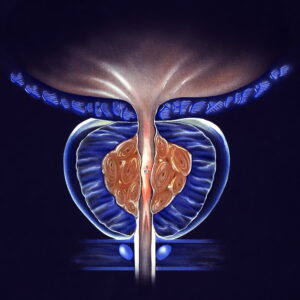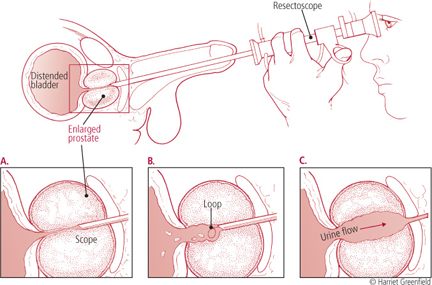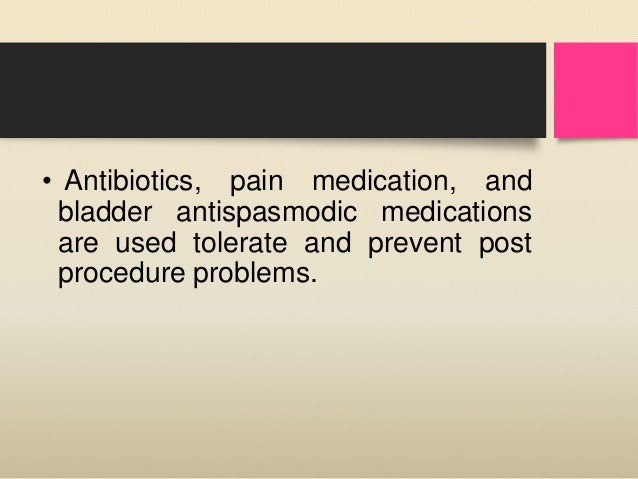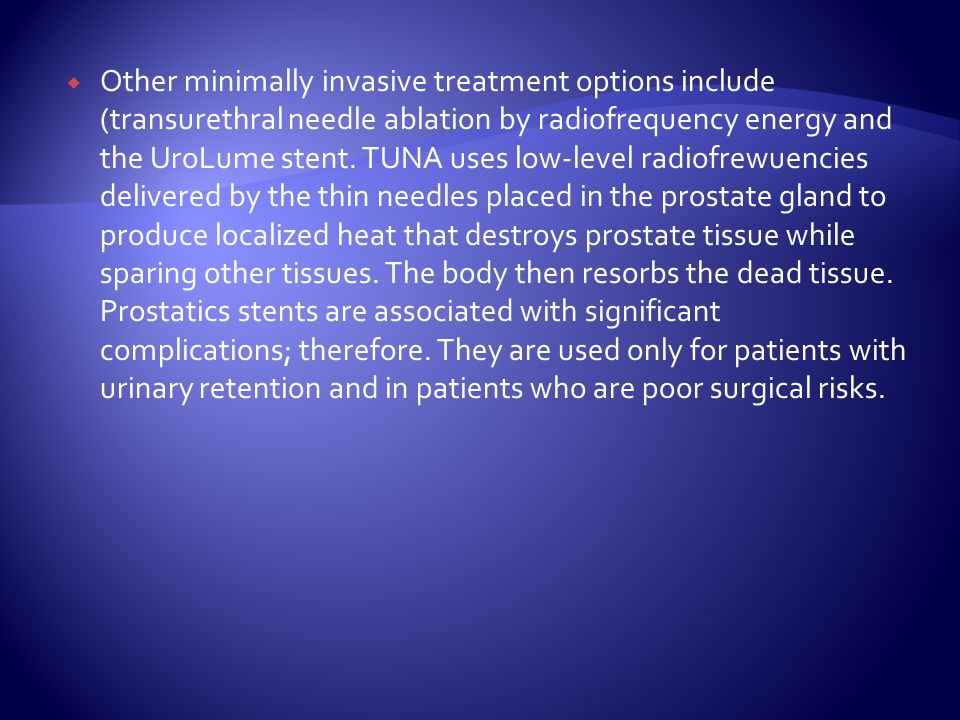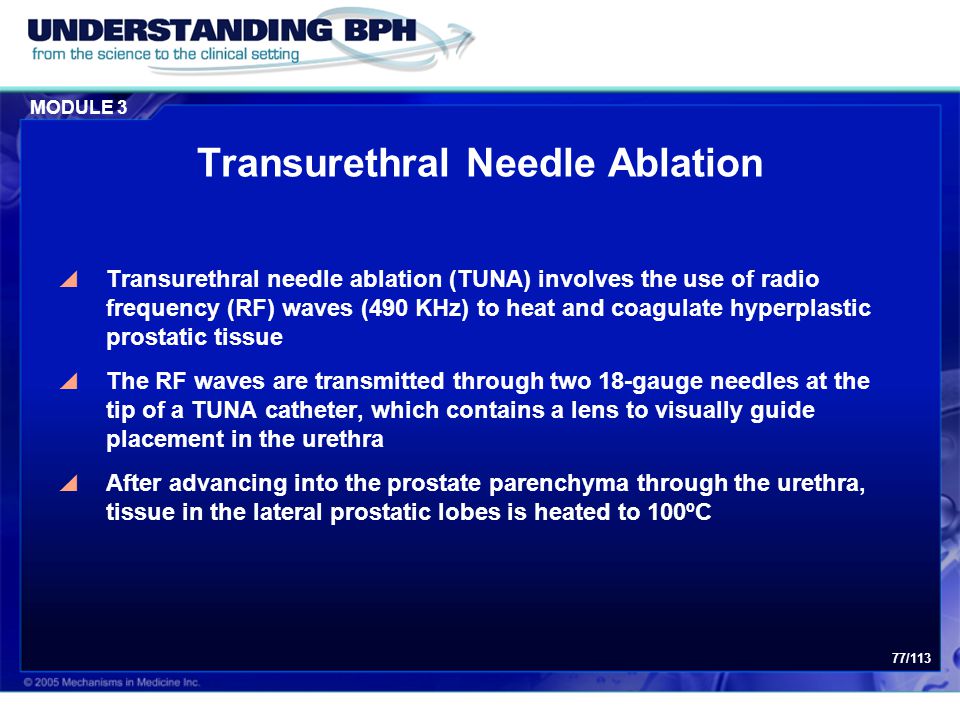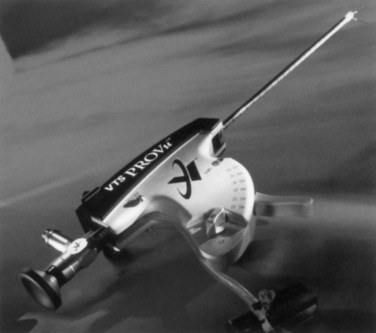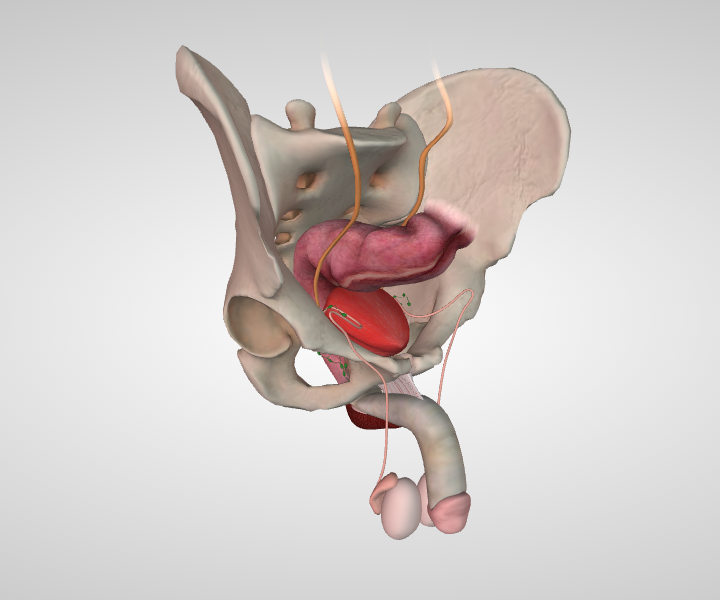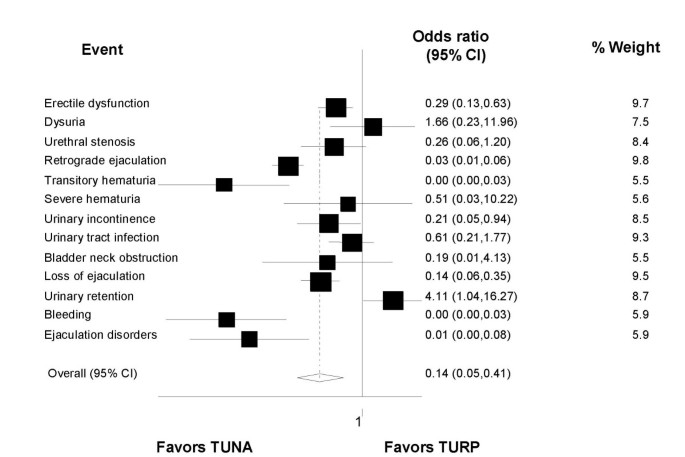Transurethral Needle Ablation Side Effects

Difficulty completely emptying the bladder.
Transurethral needle ablation side effects. Representative results include qmaxchanges from 7 8 to 14 4 and 8 8 to 15 5 ml sec and auass changes from 24 to 11 22 to 9 and 20 to 5 4. 2 there are some risks and considerations that should be discussed with your urologist including. Incontinence can occur because your bladder is used to having to push. You might feel an urgent or frequent need to urinate or you might have to get up more.
Common side effects of turp surgeries include. Side effects are also mild and include retention and hematuria. Some clinical studies have reported that tuna is safe and effective improving the urine flow with minimal side effects when compared with other procedures such as transurethral resection of the prostate turp and open prostatectomy. Transurethral needle ablation can be used to treat benign prostatic hyperplasia bph.
By 12 months post treatment a decrease of auass of 77 and peak flow increases of 6 ml sec can be expected. This shouldn t last for more than a few days. Urinary urgency or the sudden urge to urinate. This condition is caused by the absorption of irrigating fluid used to flush removed tissue from the surgical field.
Long term evaluation of transurethral needle ablation of the prostate tuna for treatment of symptomatic benign prostatic hyperplasia. One relatively serious side effect of a turp is a condition called turp syndrome. Blood in your urine. Obstruction bleeding or blood in urine pain increased urinary urgency or frequency and urinary tract infections.
You might have trouble urinating for a few days after the procedure. Clinical outcome up to five years from three centers. Risks side effects and considerations tuna is a safe and effective treatment for bph with a relatively low rate of side effects. While relatively rare it can cause convulsions coma and death.
Until you can urinate on your own you will need to have a tube catheter inserted into your penis to carry urine out of your bladder. Urinary incontinence or leakage. Transurethral resection of the prostate turp obstructing prostate tissue is removed using an instrument which is inserted through the urethra to remove the prostate tissue that is blocking the flow of urine.
